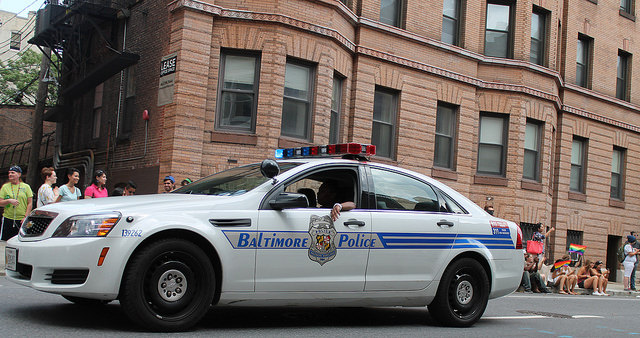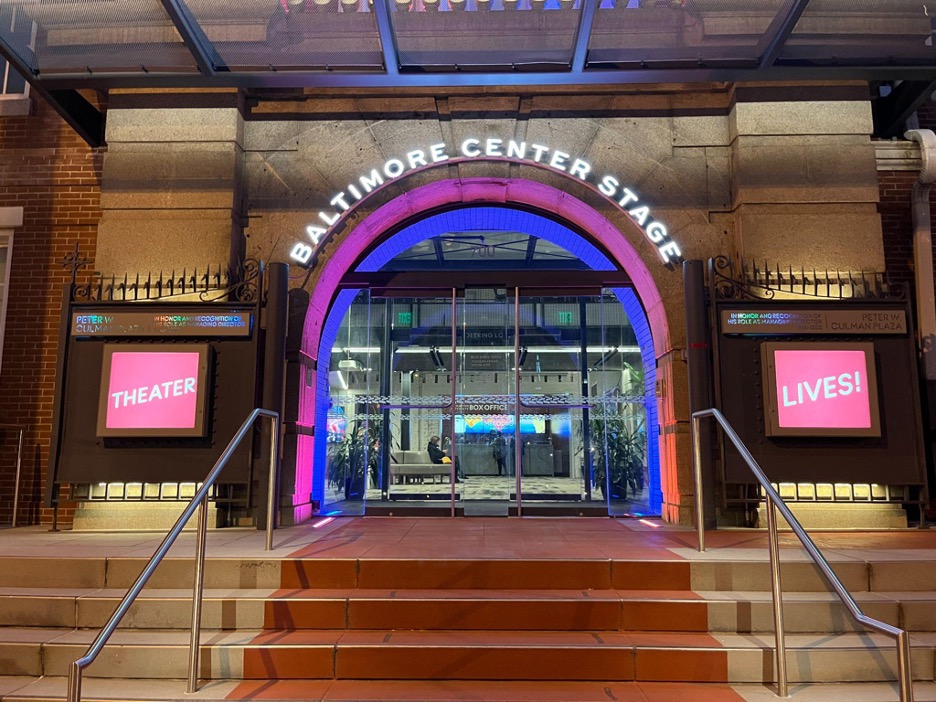Photo courtesy of Flikr user Elvert Barnes
The response of the Baltimore police and city officials to the uprising in Baltimore last spring has been called into question following the release of a new police report.
The report, “Lessons Learned from the 2015 Civil Unrest in Baltimore,” created by the Police Executive Research Forum, based in Washington, D.C., was ordered by former Police Commissioner Anthony W. Batts. The report highlights multiple shortcomings in the handling of the situation in April and features 56 recommendations for the Baltimore police to implement.
It cites multiple issues with the way that the police responded to the worst of the unrest, including overcrowding in the command center of the police department and an inability to track the origins of some of the essential decisions made during the unrest, such as the closing of the bus system, which left multiple students stranded at a mall.
The report finds many insufficiencies in the regulation of the unrest, including a lack of planning, unclear arrest policies, lack of equipment, poor officer training, inadequate communication and participation with other local forces and unclear orders. The report is the first officially backed review of the response to unrest, but other reviews have been made since last April.
Mayor Stephanie Rawlings-Blake and new Police Commissioner Kevin Davis publicly reviewed the report after its release, but before the report was given, a spokesperson for Mayor Rawlings-Blake released a statement on behalf of the mayor stating:
“The Mayor appreciates the thoughtful analysis and the constructive points on how we can improve our systems, our communications and our preparations. The Mayor has made it clear that neither she nor Commissioner Davis have been waiting for the final report to make necessary changes. Throughout the summer, they have been outlining the many steps that have been taken which address and correct the issues raised in this report.”
The police department says that it also has improved some of the cited shortcomings in preparation for future disturbances. It states that it has acquired more emergency and riot equipment, created stronger and more comprehensible agreements with other local departments, and given “civil disturbance” training to officers in the city, which, the department says, makes arrest a last resort.
The report found that the plan in place following the death of Freddie Gray, but before the onset of unrest, was made for what the police anticipated would be mostly peaceful protest, and the officials did not have a clear plan in place that accounted for protesting that lasted more than one day. The report also states that one of the biggest problems with the plan was that most of the officers on the ground were not clear on what it stated and what their course of action should be.
The police department reports that its new policies will make it more readily prepared to confront future unrest and that its new policies have already been implemented in handling small-scale protests during the beginning phases of the trials for the six officers implicated in the death of Gray. The officers’ trials are scheduled consecutively through March of 2016, with the first officer, William J. Porter’s trial starting on Monday, Nov. 30.
CBS and The Baltimore Sun contributed to this report.

















































































































